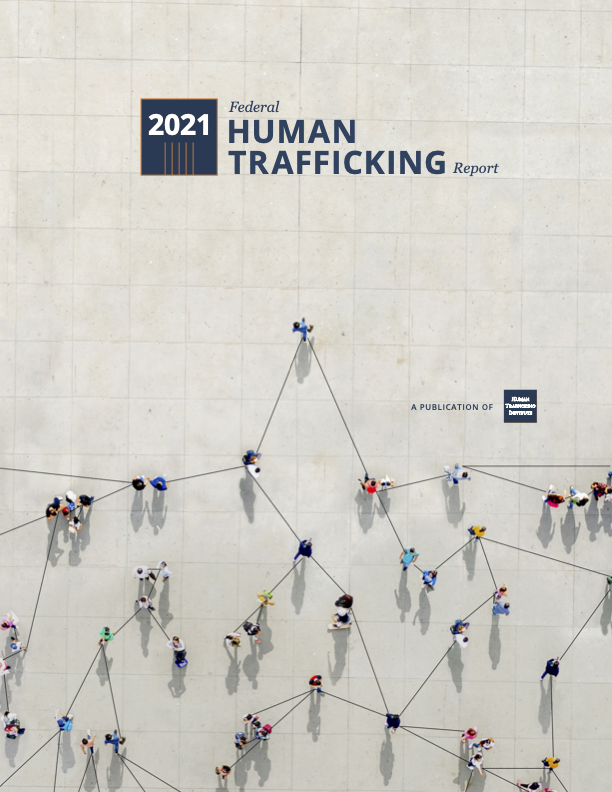Understanding the Scope: Human Trafficking in the US Statistics and Ongoing Research
Every year, new human trafficking in the US statistics emerge, revealing the alarming extent of exploitation within American borders. Despite increased awareness and tougher laws, human trafficking in the US statistics still show thousands of victims, many of whom remain hidden in plain sight. Ongoing human trafficking research is critical in understanding how traffickers operate, how victims can be identified, and how communities can work together to prevent exploitation.

Human trafficking takes many forms, including forced labor, sexual exploitation, and domestic servitude. It affects children and adults alike, cutting across socioeconomic, racial, and geographic lines. While many people think of trafficking as an international issue, the reality is that countless cases begin and end entirely within the United States. This is why human trafficking research is so essential—data and evidence help policy makers, law enforcement, and advocates develop strategies that actually work.
According to recent reports, it is estimated that tens of thousands of people are trafficked every year in the United States alone. However, experts warn that the true number is likely much higher due to underreporting and the hidden nature of these crimes. Victims are often afraid to come forward because of threats, manipulation, or fear of the authorities. Accurate human trafficking in the US statistics depend on victim identification and reporting, which makes the work of researchers and frontline organizations so important.
One challenge in gathering reliable human trafficking in the US statistics is that trafficking often overlaps with other crimes. For example, victims may be arrested for prostitution or immigration violations when in reality they are being exploited. This complicates efforts to measure the true scope of the problem. In response, human trafficking research has expanded to include studies on how law enforcement, healthcare providers, and social workers can recognize signs of trafficking and intervene safely.
The Trafficking Institute has become a leader in compiling data and conducting research to close the gap between what is known and what is happening on the ground. By working with prosecutors, police, and non-profits, the institute supports efforts to dismantle trafficking networks and protect survivors. The more detailed and accurate the information, the better equipped communities are to respond effectively.
Another key focus of human trafficking research is prevention. By understanding what makes people vulnerable—such as poverty, homelessness, or lack of family support—advocates can push for policies that address root causes. Prevention programs in schools, neighborhoods, and online spaces aim to reduce the risk of trafficking before it happens. Public awareness campaigns also play a role by educating people about how to spot suspicious activities and report them.
While progress has been made, human trafficking in the US statistics show there is still much work to do. Survivors need long-term support to rebuild their lives, including safe housing, trauma counseling, and job training. Research shows that when survivors receive comprehensive support, they are less likely to be re-exploited and more likely to regain independence. Collaboration between government agencies, law enforcement, non-profits, and researchers is vital to create a safety net for survivors.
Trafficking Institute knows that to truly end trafficking, it is not enough to arrest traffickers—systems must change to prevent exploitation from happening in the first place. This includes strengthening labor protections, holding companies accountable for supply chains, and ensuring that vulnerable communities have access to resources. Research plays an irreplaceable role in highlighting gaps in the system and driving evidence-based solutions.
Everyone has a part to play in the fight against human trafficking. Whether through supporting organizations, staying informed, or learning to recognize the warning signs, individual actions can make a difference. By understanding the latest human trafficking in the US statistics and supporting rigorous human trafficking research, communities can help bring this hidden crime into the light and protect those at risk.
The road ahead requires constant vigilance and innovation. With stronger data, smarter policies, and a collective commitment to justice, the fight against human trafficking can move closer to a future where no one is bought, sold, or exploited.
For more info:-

.jpeg)
Comments
Post a Comment